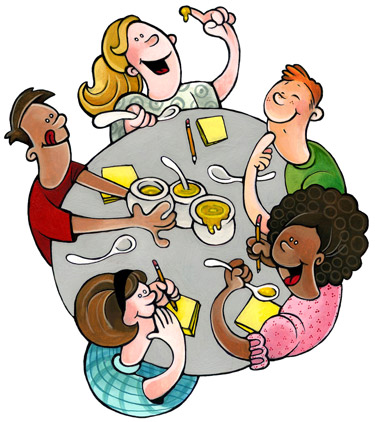
TASTING. It is as natural as breathing. We don’t have to learn how to taste. It just happens.
Or does it?
As a physiological process, taste happens all on its own. We can enhance the intensity of the taste experience by slowly and mindfully chewing our food. Swishing food or drink around to coat the inside of the mouth increases our exposure to a broader spectrum of taste components. And taking in air and exhaling through the nose unlocks volatile aromatics that enhance the taste experience even more.
Inhaling the aroma of food or drink before tasting heightens our anticipation. Our mood and surroundings come into play. A catalog of memories built over a lifetime of tasting plays a key role in how we react to food. As with Anton Ego, the grim restaurant critic in Disney’s animated film Ratatouille, tapping into a long-buried food memory can deeply affect whether we love or despise a meal.
When we try to describe the flavor of food, we enter into another level of experience. Finding the words to describe a taste or aroma can frustrate the novice taster. Take heart. With practice you can build a vocabulary and a level of attention that will increase your ability to perceive and recognize flavors.
